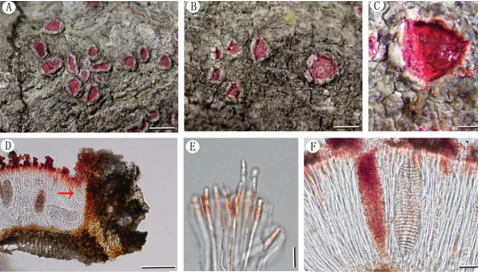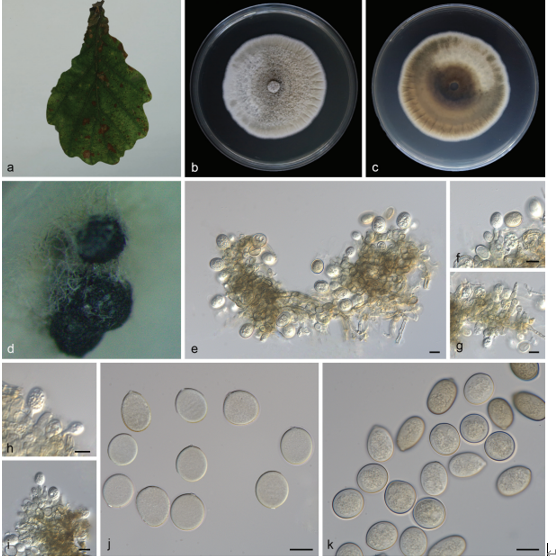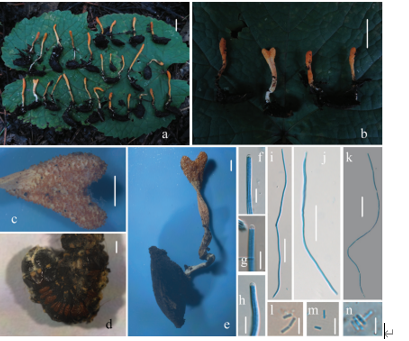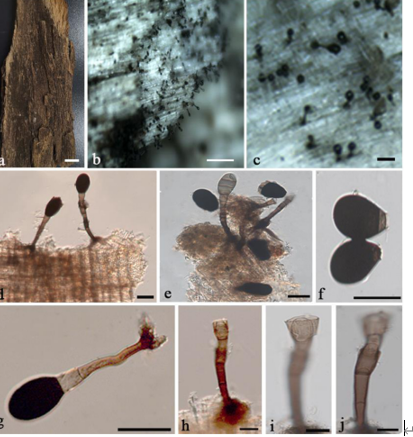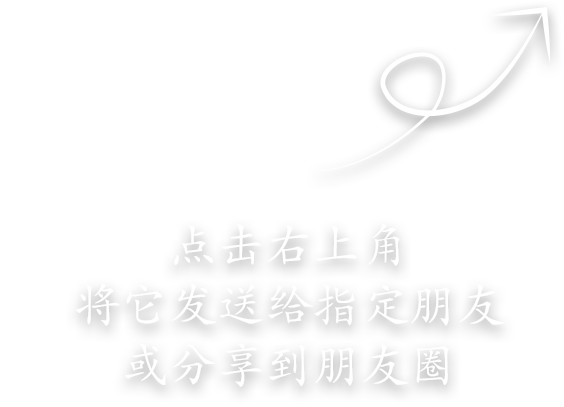Diaporthe chinensis N.I. de Silva & Lumyong, sp. nov. 2021
MycoBank Index Fungorum number: IF556135; Facesoffungi number: FoF09493
Holotype: MFLU 20–0587
Morphological description
Sexual morph:
Asexual morphs: conidial masses with mycelia in culture on PDA. Conidiophores 12–15× 2–3 µm (x= 13 × 2.6 µm), hyaline, cylindrical, straight or slightly curved. Conidiogenous cells not observed. Alpha conidia 10–14 × 3–6 µm (x= 12 × 5 µm), hyaline, fusiform, both ends obtuse with single guttulate. Beta conidia not observed.Cultures: – Colonies on PDA reaching 25 mm diameter after 7 days at 25°C, colonies circular, margin entire, flat, felted appearance, white mycelia, colony from above: white; reverse: cream.
Habitat: healthy leaves of Magnolia candolli (Magnoliaceae)
Distribution: CHINA, Yunnan Province, Xishuangbanna.
GenBank Accession: (S10); ITS: MW187324, tub2: MW245013, tef1: MW205017, CAL: MW294199, (S16); ITS: MW187325, tub2: MW245014, tef1: MW219603, CAL: MW294200.
Notes: Based on combined multi-gene phylogenetic analysis, Diaporthe chinensis clustered separately, sister to D. yunnanensis with 92% ML and 95% MP support (Fig. 13). Alpha conidia of D. chinensis (10–14 × 3–6 µm) are larger than those of D. yunnanensis (3–6.5 × 1–2.5 µm) (Gao et al. 2017). Diaporthe chinensis can also be distinguished from the ex-type of D. yunnanensis (LC 6168) considering base pair differences of ITS, tub2, tef1 and CAL; 13/490 = 2.65% in ITS, 14/397 = 3.52% in tub2, 13/293 = 4.43% in tef1, 12/410 = 2.92% in CAL. Diaporthe yunnanensis was 189 isolated from healthy leaves of Coffea sp. in Xishuangbanna, Yunnan Province, China (Gao et al. 2017). Diaporthe chinensis found to associate with healthy leaves of Magnolia candolli in Xishuangbanna, Yunnan Province, China. Therefore, herein we introduce D. chinensis as a new species from China associated with healthy leaves of M. candolli based on morphology and phylogeny.
Reference: de Silva NI, Maharachchikumbura SSN, Thambugala KM, Bhat DJ, Karunarathna SC, Tennakoon DS, Phookamsak R, Jayawardena RS, Lumyong S, Hyde KD 2021 – Morphomolecular taxonomic studies reveal a high number of endophytic fungi from Magnolia candolli and M. garrettii in China and Thailand. Mycosphere 11(1), 163–237, Doi 10.5943/mycosphere/12/1/3
Diaporthe chinensis (MFLU 20–0587). a Upper view of culture on PDA. b, c Mycelia on PDA. d, e Mycelia masses and chlamydospores. f Conidia with mycelium. Scale bars: d–f = 20μm.


